Here is an overview of the RIDDOR, the Reporting of Injuries, Diseases and Dangerous Occurrences Regulations.
RIDDOR explained
RIDDOR is the Reporting of Injuries, Diseases and Dangerous Occurrences Regulations 2013. These Regulations require employers, the self-employed and those in control of premises to report specified workplace incidents.
RIDDOR 13: Post Implementation Review
In early October 2018, the HSE completed its post-implementation review (PIR) of the 2013 Reporting of Injuries, Diseases and Dangerous Occurrences Regulations (RIDDOR 13).
RIDDOR 13 requires employers and others in control of work premises to report and keep records of:
- Work-related accidents which cause death;
- Work-related accidents which cause certain serious injuries (‘reportable injuries’);
- Diagnoses cases of certain occupational diseases;
- Certain incidents with the potential to cause harm (‘dangerous occurrences’).
RIDDOR Legislative changes
Lord Young’s report ‘Common Sense, Common Safety’ published in 2010 recommended that HSE re-examine the operation of RIDDOR to determine whether it was the best approach to providing an accurate national picture of workplace accidents. The Löfstedt Review further recommended that incident reporting requirements should be clarified and simplified. Both recommendations were accepted by Government.
The HSE conducted a public consultation on the proposals for substantially revised RIDDOR reporting requirements. In addition to achieving greater clarity and simplicity, the proposals sought to:
- Focus on obtaining information required for effective regulation;
- Cease collecting data that can otherwise be obtained or is rarely used;
- Maintain compliance arising from EU commitments.
The consultation responses supported significant modification of the requirements governing which incidents require reporting to the enforcing authorities resulting in a number of changes in RIDDOR 2013.
PIR recommendations
The evidence sought by this PIR was aimed at determining whether RIDDOR 2013 had met its objectives and understanding how implementation could be improved. The research sought evidence from stakeholders and organisations required to comply with the legislation.
The PIR recommends that the list of reportable occupational diseases be expanded. Conversely, the PIR also notes an over-reporting of injuries to non-workers, recommending a narrowing of the scope of such reportable incidents.
Also recommended is a review of the RIDDOR Guidance, due to a lack of clarity regarding RIDDOR reportability and application of RIDDOR, particularly regulation 5 (non-fatal injuries to non-workers). This could be addressed through simplifying and clarifying the existing guidance, says the PIR.
Categories of reportable injury to employees
The list of major injuries is now contained within regulation 4 rather than within a schedule. Fractures other than to fingers, thumbs and toes are still reportable though with the caveat ‘as diagnosed by a medical practitioner.’Any amputation’ as a category has been replaced with ‘amputation of an arm, hand, finger, thumb, leg, foot or toe’.
Dislocations, chemical/ hot metal injuries to the eye, electric shock related injury, heat induced illness, hypothermia, unconsciousness (in general), injuries requiring resuscitation in general and those requiring admittance to hospital for more than 24 hours are no longer reportable as major injuries.
The sight loss category has become, ‘any injury diagnosed by a registered medical practitioner as being likely to cause permanent blinding or reduction in sight in one or both eyes’.
Next there are three new categories:
- Any crush injury to the head or torso causing damage to the brain or internal organs in the chest or abdomen;
- Any burn injury (including scalding) which covers more than 10% of the whole body’s total surface area or causes significant damage to the eyes, respiratory system or other vital organs;
- Any degree of scalping requiring hospital treatment
- Loss of consciousness caused by head injury or asphyxia is an altered category (previously loss of consiousness caused by asphyxia or exposure to substances was reportable).
Another new category is:
- Any other injury arising from working in an enclosed space which leads to hypothermia or heat-induced illness; or requires resuscitation or admittance to hospital for more than 24 hours.
Note. For the time being we do not have a definition of ‘enclosed space’. As mentioned previously, ‘the over seven day’ category is also retained.
Changes to Reportable Disease categories
Reportable occupational diseases are now summarised in regulation 8 as follows:
- Carpal Tunnel Syndrome, where the person’s work involves regular use of percussive or vibrating tools;
- Cramp in the hand or forearm, where the person’s work involves prolonged periods of repetitive movement of the fingers, hand or arm;
- Occupational dermatitis, where the person’s work involves significant or regular exposure to a known skin sensitizer or irritant;
- Hand Arm Vibration Syndrome, where the person’s work involves regular use of percussive or vibrating tools, or the holding of materials, which are subject to percussive processes, or processes causing vibration;
- Occupational asthma, where the person’s work involves significant or regular exposure to a known respiratory sensitizer; or,
- Tendonitis or tenosynovitis in the hand or forearm, where the person’s work is physically demanding and involves frequent, repetitive movements.
And regulation 9 adds two further categories:
- Any cancer attributed to an occupational exposure to a known human carcinogen or mutagen (including ionising radiation); or
- Any disease attributed to an occupational exposure to a biological agent.
Summary
The regulations have essentially been redrafted with some sections imported from the old regulations into the new structure. Even where requirements are very similar such as in the list of general dangerous occurrences there are subtle differences in wording.
In some cases the use of new words within the regulations will require clarification within the new guidance and it is hoped that this will not leave scope for misinterpretation.
Those with established policies on accident reporting or software tools will need to review their content before October 2013 to ensure continued correlation with the legal requirements.


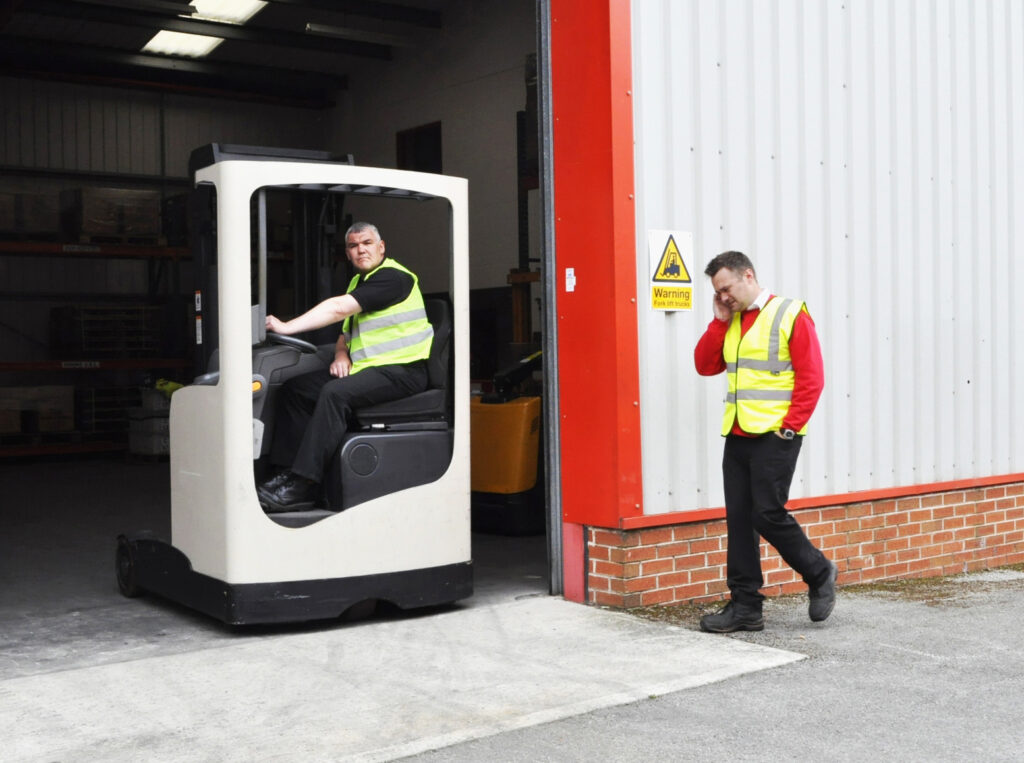

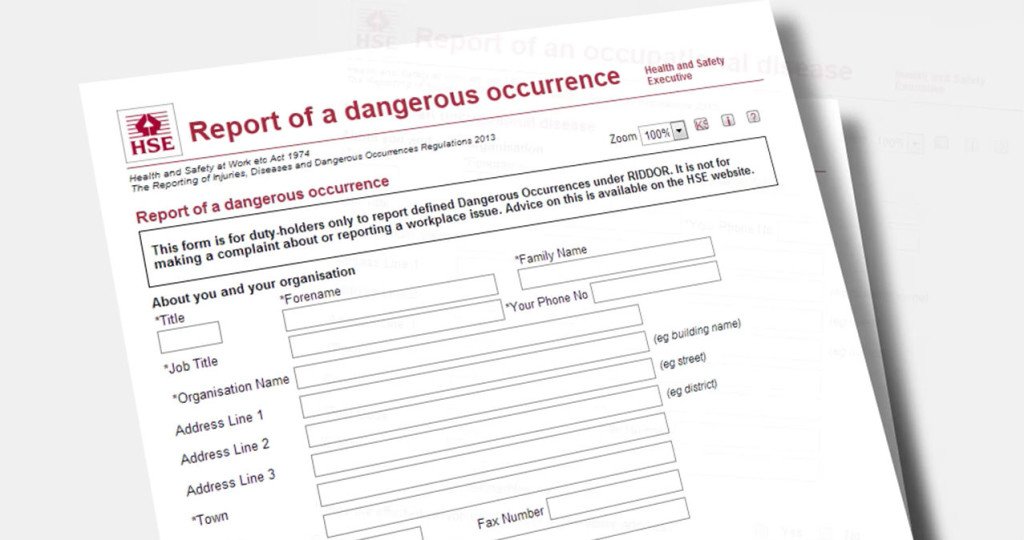

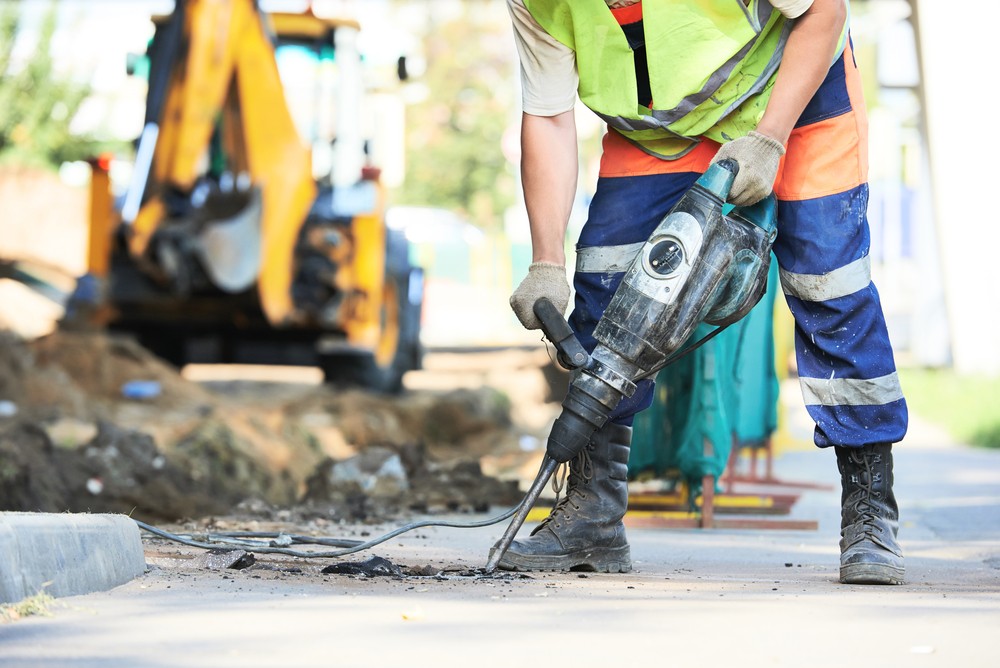

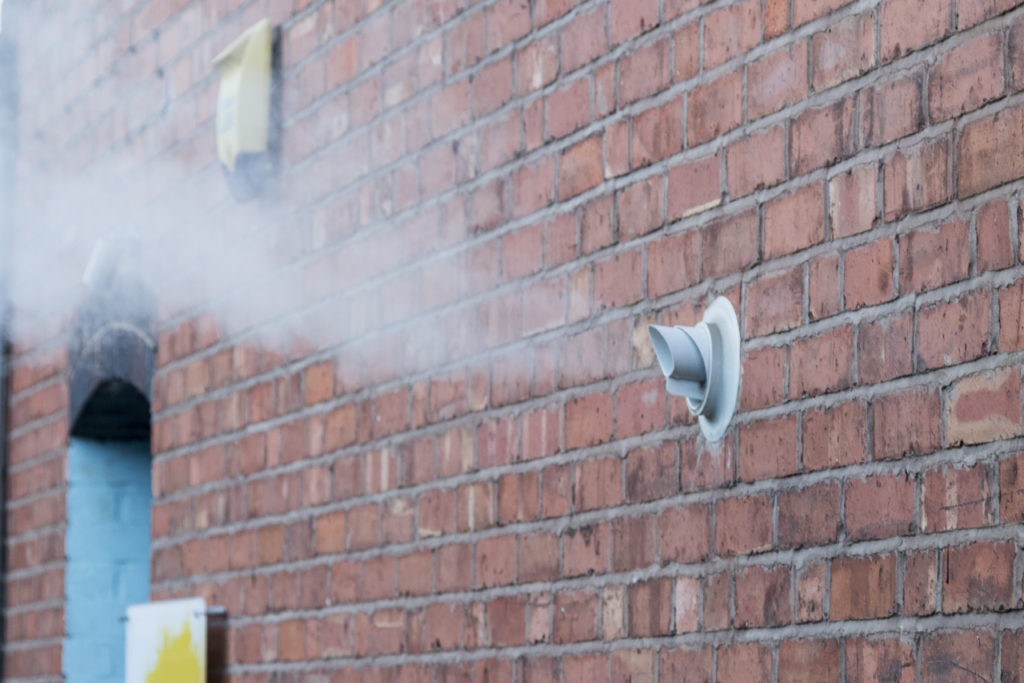
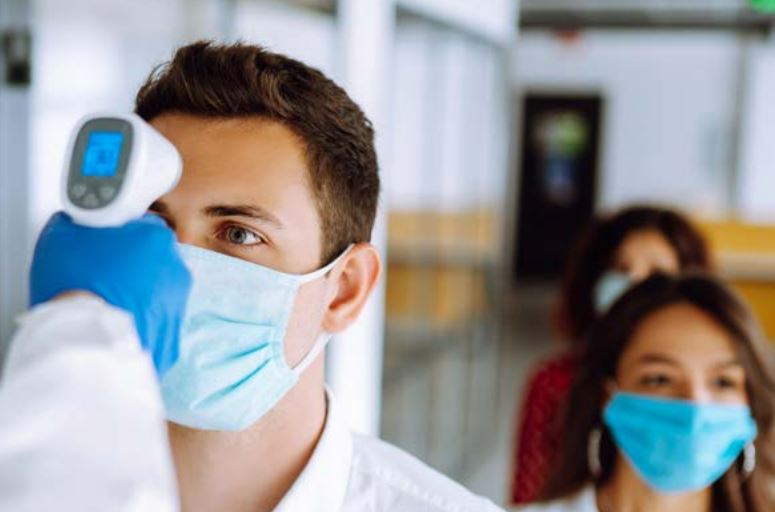


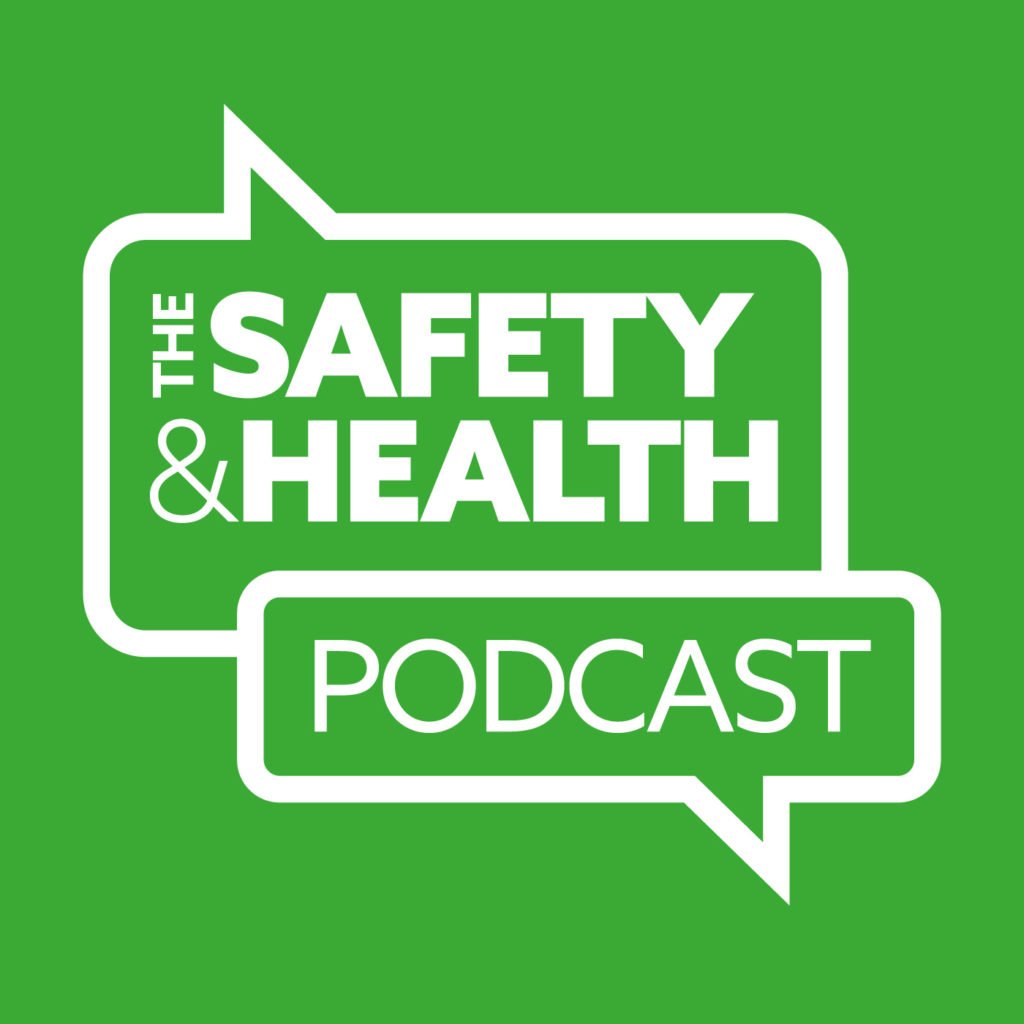





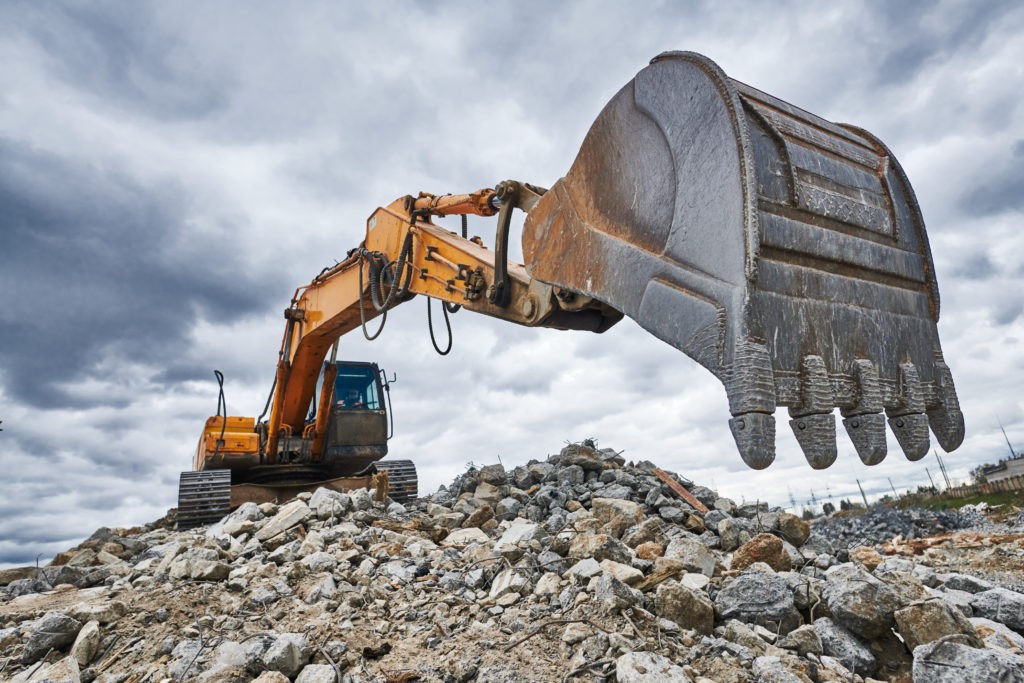






I guess, once again, that “on-road, at-work injuries” have been omitted from this reporting regime despite the fact that many organisations recognise that their greatest risk and exposure to injury and cost lies with their drivers-at-work.
David Carter BA Hons. PTLLS. RoSPA DIploma
Read..!
I think that many people have missed some important changes the text is below. I have used ” to highlight. For example the famous back twinge is addressed. What is “an accident”? In relation to RIDDOR, an accident is a “discrete, identifiable”, unintended incident which causes physical injury. This specifically includes acts of non-consensual violence to people at work. Injuries themselves, eg “feeling a sharp twinge,” are not accidents. There must be an identifiable event, external to the body which causes the injury, eg being struck by a falling object. Cumulative exposures to hazards which eventually cause injury (eg repetitive… Read more »